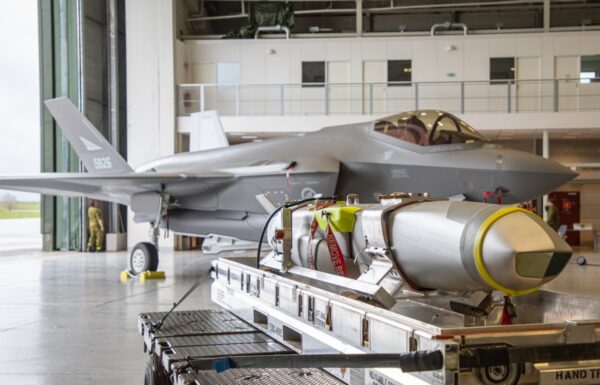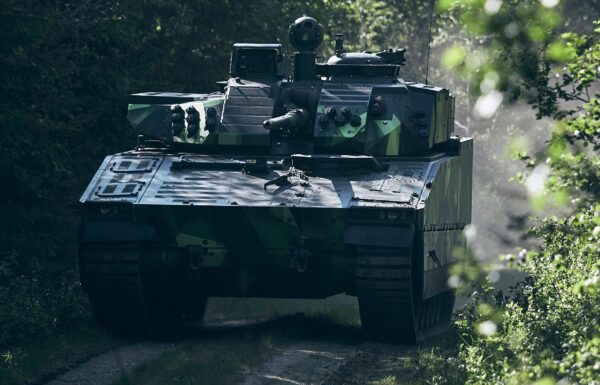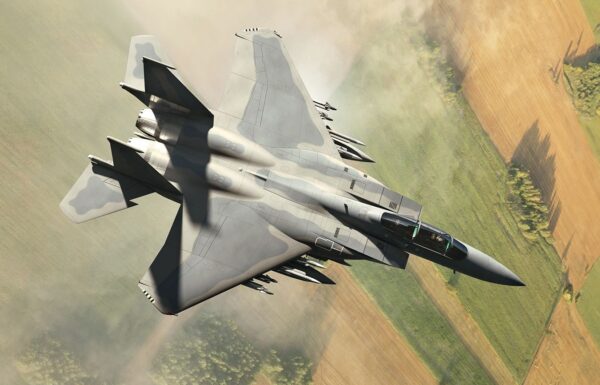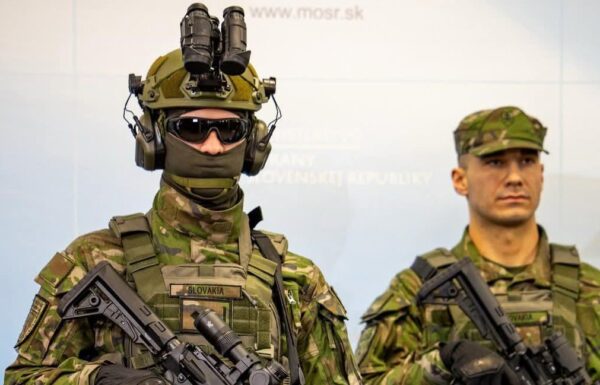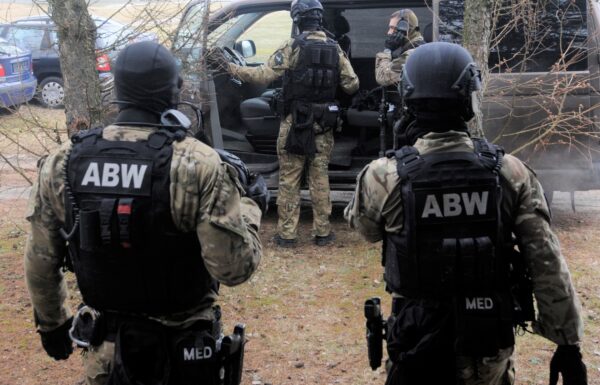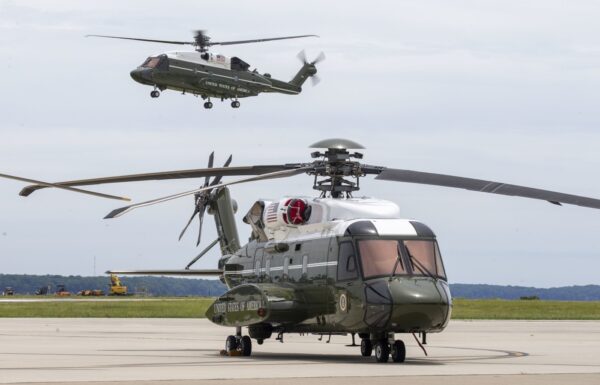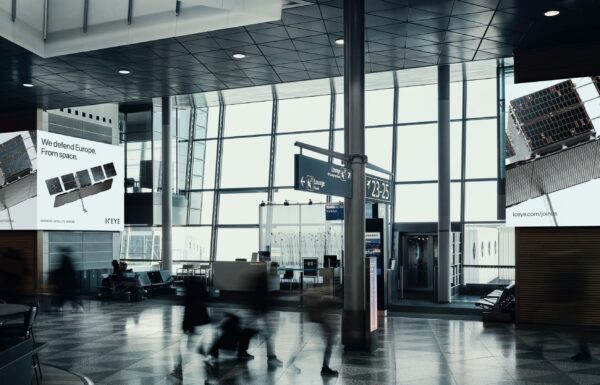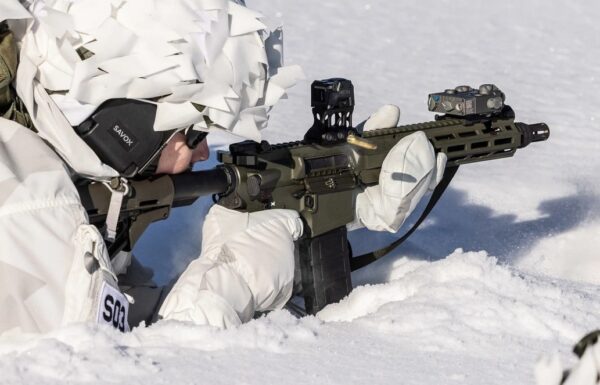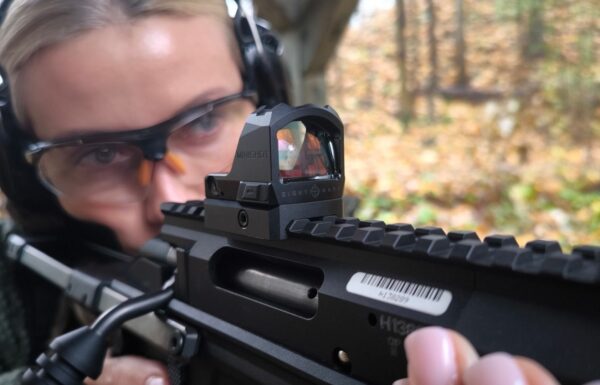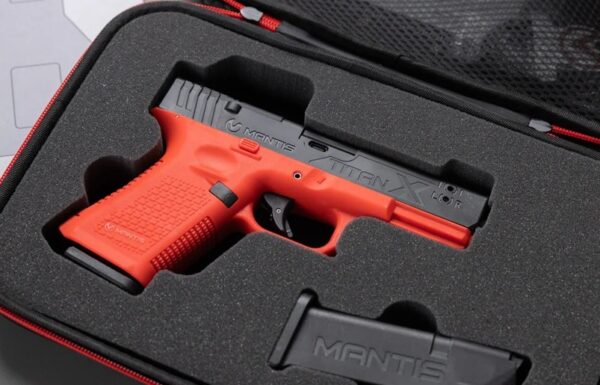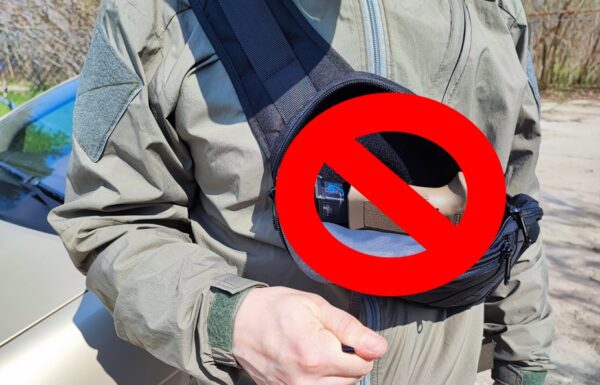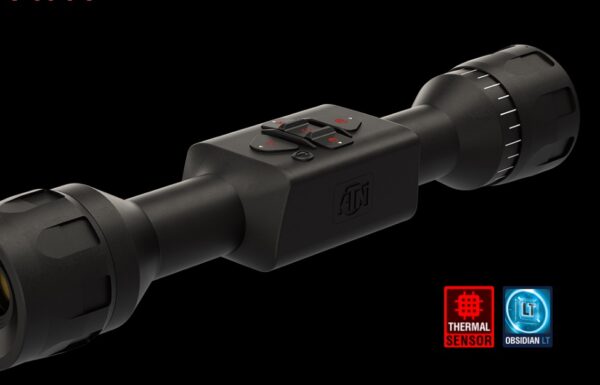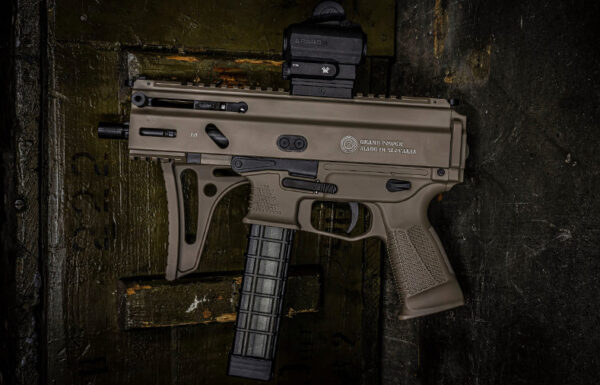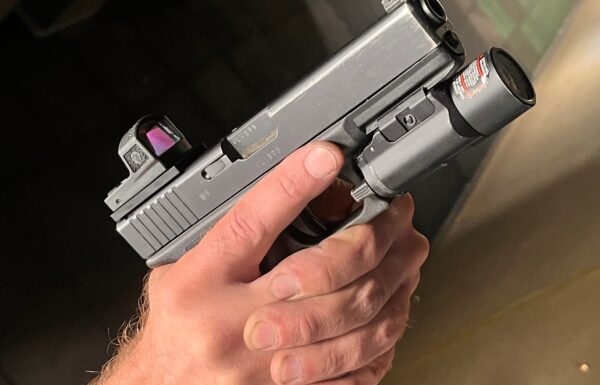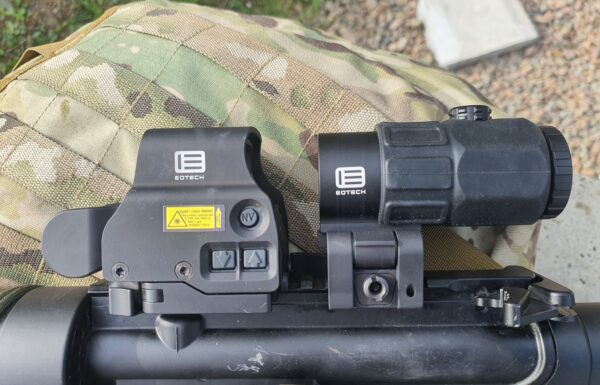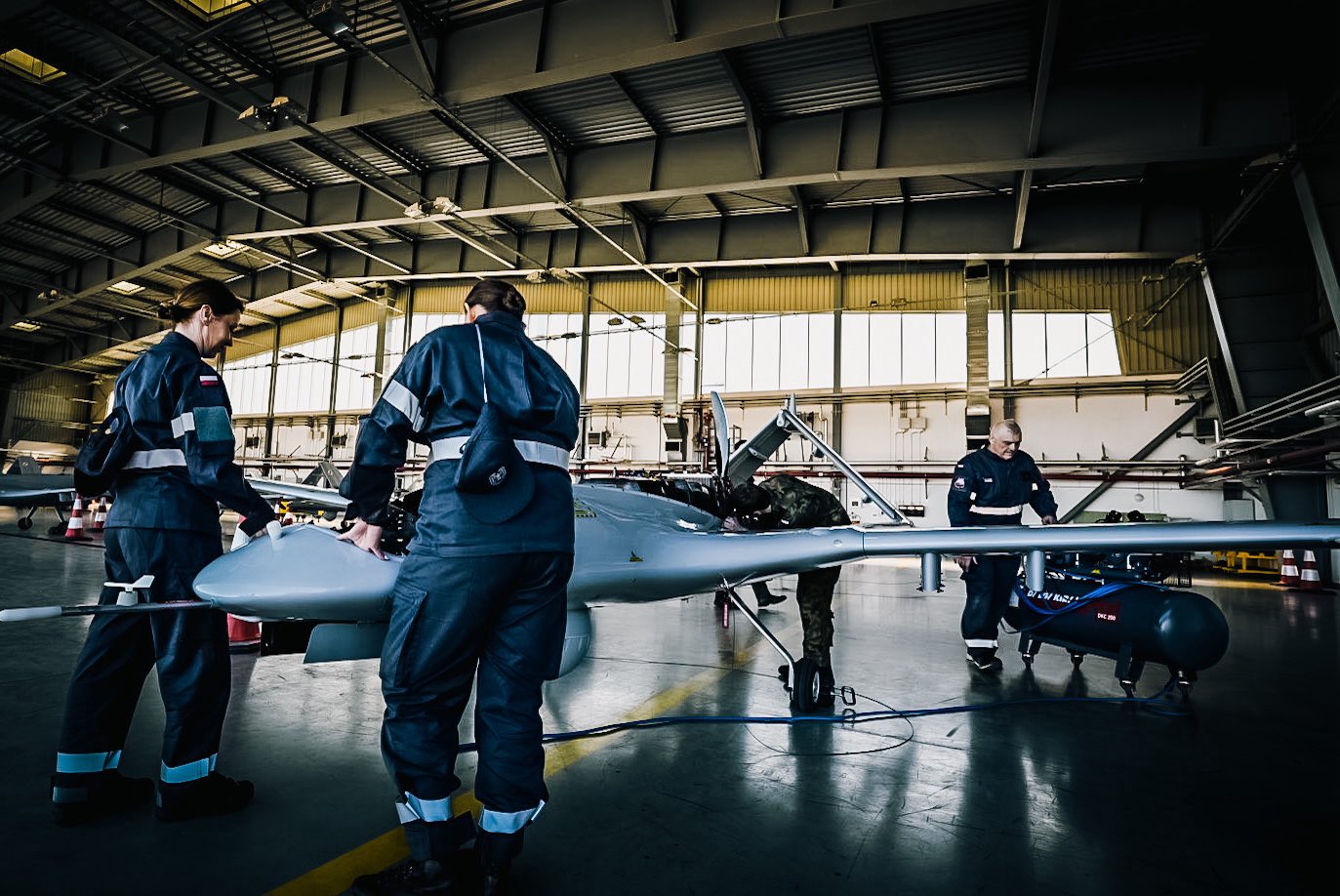On Sunday, June 29, 2025, Deputy Prime Minister and Minister of National Defence Władysław Kosiniak-Kamysz announced on social media that, at the request of the Lesser Poland Voivode, the Bayraktar TB2 reconnaissance and strike unmanned system from the Armed Forces General Command (DG RSZ), as well as FlyEye miniature unmanned aerial systems from the Territorial Defence Forces (WOT), will support the Police in the search for 57-year-old Tadeusz Duda, who is suspected of committing a double homicide.
“At the request of the Lesser Poland Voivode, the Bayraktar TB2 UAV will assist in the search for the suspect in the killings near Limanowa, and FlyEye drones are also on standby to provide support. The military will aid the large-scale search operation being conducted by the Police,” wrote the Minister of National Defence on the social media platform X last night.
“The Lesser Poland Voivode has requested the temporary deployment of the TB2 unmanned observation platform from the General Command of the Armed Forces, as well as FlyEye systems from the resources of the Territorial Defence Forces.”
“In addition, the 114th Light Infantry Battalion from Limanowa, part of the 11th Territorial Defence Brigade, is providing accommodation for 250 police officers participating in the search efforts.”
“These actions are intended to support the services involved in intensive operations currently underway in Limanowa, related to the search for 57-year-old Tadeusz Duda, the suspect.”
“The use of modern reconnaissance tools is aimed at accelerating the search process, particularly in the difficult, mountainous terrain, both day and night,” reads a post on the Territorial Defence Forces’ official profile.
Tadeusz Duda is suspected of committing a violent crime on June 27 in Stara Wieś, located in Limanowa County, Lesser Poland Voivodeship. Using an illegal firearm, he allegedly shot and killed his 26-year-old daughter Justyna and her 31-year-old husband Zbigniew, and seriously injured 73-year-old mother-in-law. The suspect fled the scene, and a massive manhunt is currently underway in the region, involving around 500 police officers, drones, an S-70i Black Hawk International police helicopter, and tracking dogs.
The Bayraktar TB2 and FlyEye drones deployed for the operation will support police efforts and significantly enhance aerial reconnaissance capabilities. The Turkish-manufactured Bayraktar TB2 is used for collecting imagery intelligence (IMINT) via its Wescam CMX-15D electro-optical/infrared (EO/IR) system.
This sensor system includes a mid-wave infrared (MWIR, 3–5 µm) thermal imaging camera with a resolution of 640 × 512 or 1280 × 1024 pixels, a high-definition daylight camera with continuous zoom (field of view from 1.6° to 27.6°), an EMCCD low-light camera (640 × 480, FoV from 2.38° to 40.8°), and a laser rangefinder and target designator (Nd:YAG/OPO, wavelength 1064 nm or optionally 1570 nm, range up to 20 km). This EO/IR system is considered one of the most advanced in its class, offering high-quality imaging, four-axis stabilization, and the ability to precisely guide munitions such as MAM-L and MAM-C bombs (The eight rotation of the Polish Military Contingent is departing for Turkey).
This is the second instance in which a Bayraktar TB2 has supported operations under the Ministry of the Interior and Administration. In April of this year, the UAV was used to detect fire hotspots during a peatland fire in the Biebrza National Park.
The FlyEye Miniature Unmanned Aerial Systems, versions 3.0 and 3.6, manufactured by Flytronic (part of the WB Group), are used by, among others, the Territorial Defence Brigades, where they operate within Imagery Reconnaissance Groups (GRO).
The basic variant is equipped with a movable dual-sensor turret mounted under the fuselage, allowing for a wide range of aerial observation. The first camera in the turret is a daylight video sensor used to monitor selected areas in daylight conditions. The second is an uncooled thermal imaging camera, particularly useful during night operations. It is also employed in search-and-rescue missions and in detecting fire hotspots. The system enables the operator to quickly switch between live video and thermal imagery. The configuration of the turret and the number of integrated sensors can be adjusted depending on the mission profile and operational needs of the FlyEye system.
FlyEye drones have already been used on numerous occasions to support public services — for example, to monitor areas during last year’s flood response as part of Operation Phoenix, to help fight fires, or to locate missing persons (Force Protection UAVs from WB Group for the Polish Armed Forces).
Na wniosek wojewody małopolskiego BSP Bayraktar będzie pomagać w poszukiwaniu podejrzanego o dokonanie zabójstw koło Limanowej, a w gotowości do wsparcia są także drony FlyEye. Wojsko wesprze zakrojone przez @PolskaPolicja na szeroką skalę poszukiwania.
— Władysław Kosiniak-Kamysz (@KosiniakKamysz) June 29, 2025
Wojewoda Małopolski zwrócił się z wnioskiem o czasowe wydzielenie bezzałogowej platformy obserwacyjnej #TB2 z Dowództwa Generalnego Rodzajów Sił Zbrojnych oraz zestawów #FlyEye z zasobów Wojsk Obrony Terytorialnej.
Dodatkowo 114 batalion lekkiej piechoty z Limanowej wchodzący w… pic.twitter.com/d4lx4h1BB3
— Terytorialsi | Zawsze Gotowi, Zawsze Blisko! (@terytorialsi) June 29, 2025
UPDATE
As reported by the National Police Headquarters, shortly before 9:00 a.m., the Bayraktar TB2 drone began the search for the suspect.


